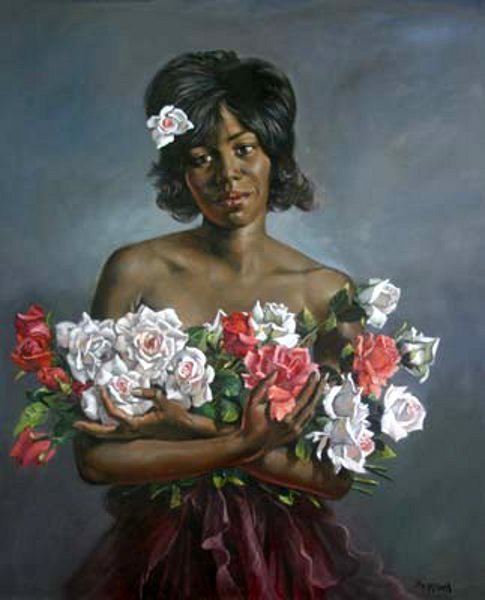
Black Girl With Flowers
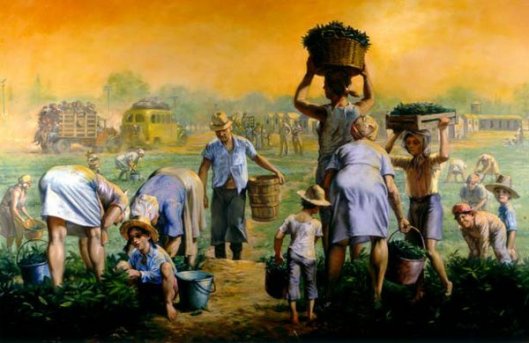
Migrant Workers
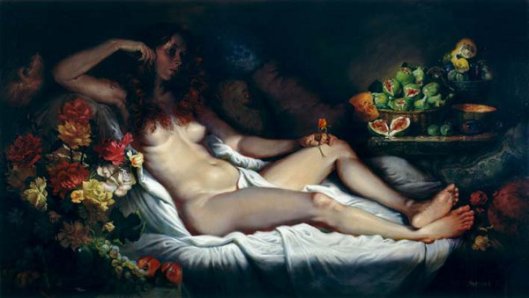
Odalisque

Nude Beach

Grape Pickers
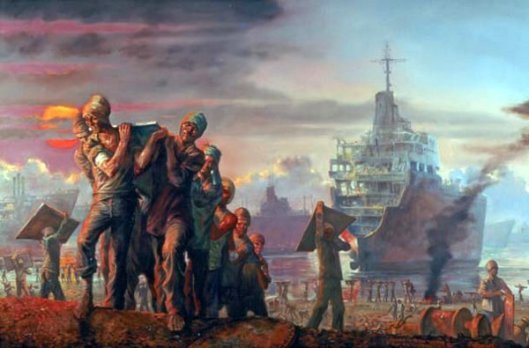
Ship Breakers
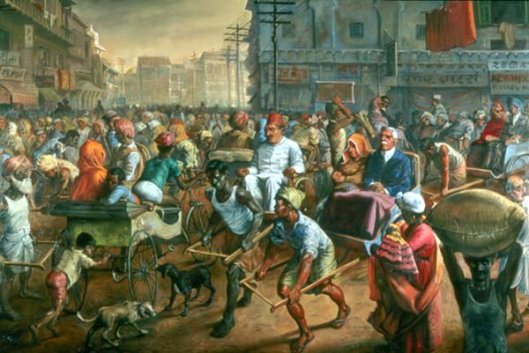
Rickshaws

Apollo & Marsyas

Brick Factory

Baby Sitter
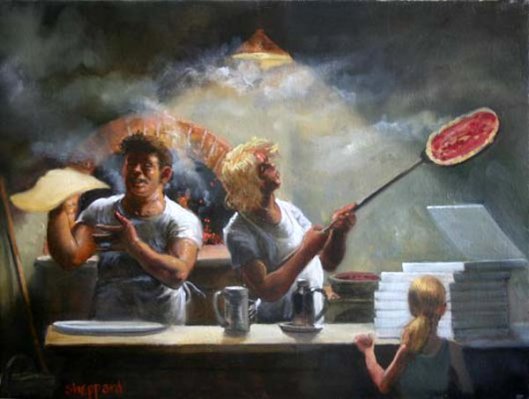
Pizza Makers

Sunbathers, Elba

Temptation

Cattle Seller

President George Bush & Barbara Bush

Descent From The Ring

Magdalen

Miners Of Serra Pelado

Sicilian Fishermen
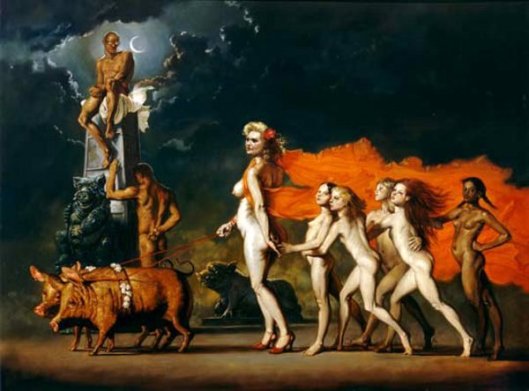
Promenade
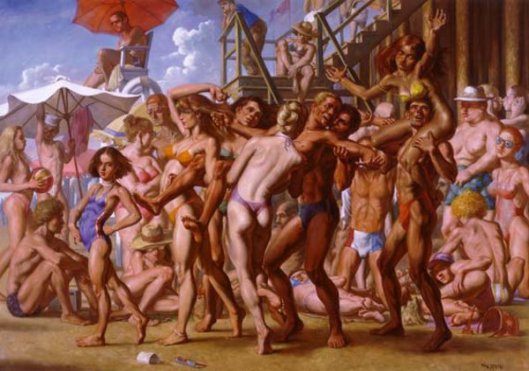
The Beach
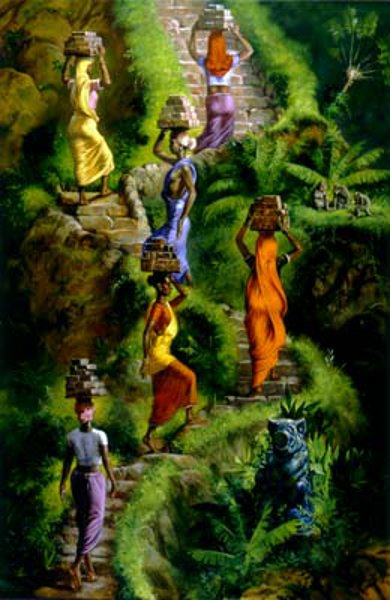
Brick Carriers

Girl Picking Roses

Old Man With Medals

Unloading Bananas

Rock & Roll

Beach Vendor (Marina di Pietrasanta)

Blaze Starr

The Big Three
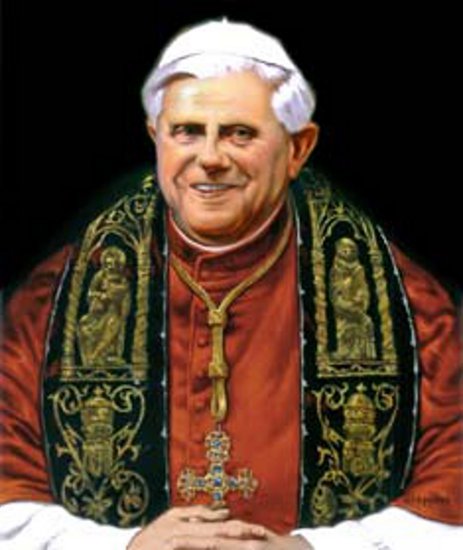
Papa Benedetto XVI
Very hit or miss… lots of good subjects however
LikeLike
I premise that my opinion is purely subjective, and as such it may not be shared by others. This seems to me obvious enough.
The painter J. S. Sheppard is expressed through a social neorealism, confronting, sometimes with a hint of sarcasm, contradictory themes as the difference in living conditions among the poorer people, who do enormous effort to earn their bread, and rich or wealthy people which spend time to laze on the beaches, to dine in the best restaurants, to delight self with the prostitutes of the nightclubs, or in discotheques to dance without brake.
, of confusion between the sacred and the profane, where people worship satanic idols such as money, careers, power and success. What emerges is a kind of hell scenarios. Among the paintings emblematic of Sheppard, according to me, there’s be mentioned “The Big Three”, that I would have titled “The Orgy of Power”. The scenario is set in a church, presumably Catholic, although there are no crosses represented. On the pulpit, on the right of the central nave, you can recognize the dictators Hitler and Mussolini while watch the magnificence of the architecture, and at the same time, below them, in the foreground, is happening a big orgy, involving army officers and other powerful personages.
In the background of the nave, where usually should be the apse with the altar and the sacred images, stands a huge statue group, presumably representing satanic idols, facing a barrier composed of clowns.
It ‘clear that the artist is inspired to dictatorial regimes, like Nazi-Fascists, and the enormous temporal power exercised by the Church, to represent the many ills that still plague society, even under the so-called democratic regimes.
According to me, and I believe even according to the artist, the world society is troubled by an irreversible crisis, not only economic, but also and above all moral. Money, power, career, easy success, etc … have become the true idols of a religion. The Church and the current political class and leadership, and all institutions are now inadequate and not very credible.
For the avoidance of doubt, I say that I am not a religious hypocrite and a fanatic preacher or even a false moralist, but simply one who likes art.
And to be even more sincere, I also say that the social realism of the twentieth century I do not like painting, but I appreciate the social content, which is a real denunciation of social evils.
From the pictorial point of view, I like the social realism of Gustave Courbet and his contemporaries, and I also like the modern realism when it brings serenity and optimism. Sorry for the length of my comment.
LikeLike
I ate some words of my comment.
After “… without brake.” and before “, of confusion..” should be included this period: “But beyond these themes of social inequality, the artist, in my opinion, also shows a society in crisis of values …”
LikeLike
Thanks for the Historical Clarification Suzay. I sensed that the man in uniform could be Stalin, but I did not have concentrate well, and there and then I did not think immediately to the famous photo of the Yalta Conference, with the Big Three. But other than that, I believe that my interpretation of the painting is fairly exact, at least from what the artist wanted to express. And I think he has expressed it very well.
LikeLike
In English the term Big Three is commonly used to refer to the leaders of the three major allies of World War II: Winston Churchill, F. D. Roosevelt and Stalin. In Sheppard’s painting foreground you can see these three figures sitting in the same posture of the Yalta Conference’s historic photograph.
LikeLike